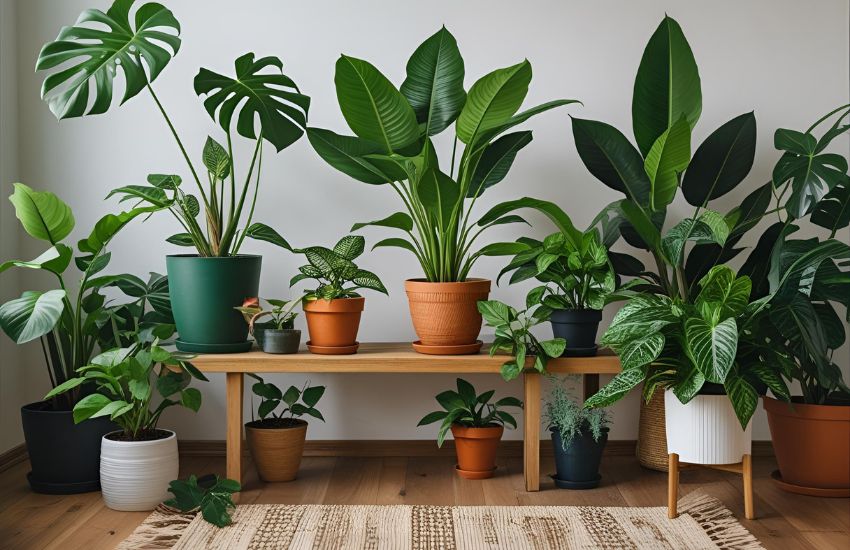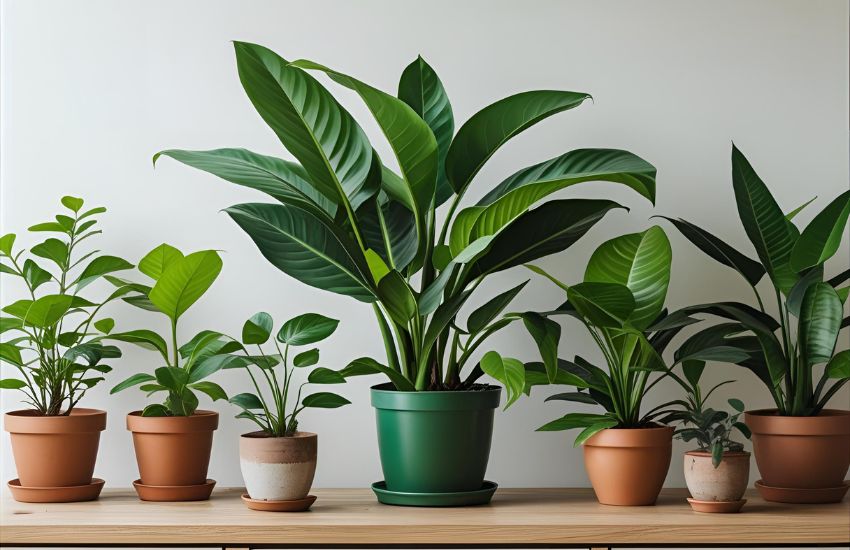Persistent plant pests can turn your healthy indoor space into a constant battle, leaving you frustrated and unsure how to protect your green companions. Whether it’s a tiny pest hidden in the soil or a visible intruder damaging a leaf, these unwelcome visitors can weaken even the most resilient plant over time. Quick fixes may seem to work, but without the right long-term approach, pests often return—sometimes stronger than before.
Long-term houseplant pest control requires early detection, consistent prevention, and safe, effective treatments. Identify and address each plant pest promptly, use natural solutions where possible, and maintain proper care routines to help your indoor plants thrive while keeping infestations from returning.
You deserve a home where every houseplant can thrive without the risk of recurring infestations. This requires understanding how different pests behave, recognizing the early signs before they infest your plant, and applying safe yet effective solutions. From identifying the most common plant pest threats to learning how to eliminate them without harming your indoor environment, you will gain practical strategies you can apply immediately.
In this guide, you will discover proven pest control tips tailored for long-lasting results. You’ll learn prevention techniques, targeted treatments, and the best ways to maintain healthy plants so you can confidently keep your indoor greenery lush and pest-free for years to come.
Sustainable Strategies for Reducing Plant Damage and Pest Risks

Reducing plant damage and preventing future infestations starts with adopting sustainable habits that work both in the short and long term. As someone who cares for healthy greenery, you must focus on creating an environment where houseplant pests find it difficult to survive. Start by inspecting new arrivals from any nursery, as pests thrive in conditions where many plants are grouped together. A thorough check of leaves and stems, including the bottom of the pot, helps you detect early signs like yellowing leaves, webbing, or tiny insects flying around.
For reducing plant risks without relying on harsh chemicals, consider natural controls. Predatory species such as ladybugs, lacewing, or a beneficial beetle can help outdoors or in a greenhouse setting before bringing plants indoors. You may also use mild solutions like dish soap, castile soap, or insecticidal sprays to manage outbreaks. Removing decaying matter, avoiding overly dry conditions, and preventing root rot will make your plants less vulnerable. If pests suck sap or lay larva, you can mist basil or citrus water to deter them, or use rubbing alcohol for stubborn clusters.
Whether you repot, chop away damaged areas, or give your plant a gentle bath, remember that prevention is as important as treatment. Sustainable care ensures you avoid repeated infestations, protect the indoor–outdoor balance, and maintain thriving plants with fewer pest threats over time.
Effective Indoor Plant Pest Control Methods for Healthier Growth

Spot and Stop Pests Before They Spread
The best way to protect your indoor plants is to detect problems before they become severe. Inspect your plants regularly for visible signs such as webbing from spider mites, discolored foliage, or insects hiding along the stems. Addressing pests early not only saves your plants but also prevents the problem from spreading to others in your collection.
Create the Perfect Indoor Environment
Pests are less likely to attack when your plants are thriving in the right conditions. Avoid extended dry conditions, as stressed plants are more susceptible to damage. A gentle mist can help boost humidity, while proper airflow reduces the risk of fungus. Always remove any decaying matter from the soil surface, as it attracts insects and encourages disease.
Natural, Safe, and Effective Treatments
When pests appear, reach for natural remedies that are gentle on plants but tough on invaders. A simple castile soap spray can eliminate many soft-bodied insects, while diluted citrus oil can repel common pests. For heavy infestations, temporarily relocating your plant to a greenhouse or outdoors allows for more thorough treatment without risking other plants.
Build Lasting Plant Resilience
Long-term pest prevention starts with plant health. Keep root systems strong, protect the bark from damage, and feed your plants with balanced nutrients. Healthy, well-cared-for plants are naturally more resistant to pests, ensuring vibrant, lush growth all year round.
Proven Houseplant Pest Control Tips for Healthy Indoor Plants

- Regularly inspect your plants, paying close attention to the undersides of leaves, stems, and the soil surface to detect any unusual signs of pests
- Be aware of common intruders such as aphids, spider mites, scale insects, and fungus gnats, which can quickly damage indoor plants if left unchecked
- Taking immediate action at the first sign of trouble will help prevent pests from spreading to other plants in your collection
- Ensure that each plant receives the correct amount of light, water, and nutrients according to its specific needs to promote overall health and resilience
- Avoid overwatering, as excess moisture creates the perfect environment for fungus gnats and mold growth, which can weaken plant roots
- Clean leaves gently with a damp cloth to remove dust, improve photosynthesis, and discourage pest activity
- Opt for safe, eco-friendly treatments such as neem oil, insecticidal soap, or a mild dish soap solution to manage pests without harming your plants or indoor air quality
- Always test any treatment on a small section of the plant before applying it more widely to ensure there is no damage to the foliage
- Repeat the chosen treatment consistently until the pests are completely eliminated and no signs of reinfestation remain
- Maintain a tidy growing space to reduce the chances of pest problems developing in the first place.
Conclusion
Effective houseplant pest control is not about quick fixes—it’s about building long-term resilience through prevention, timely intervention, and sustainable care. By spotting problems early, creating optimal growing conditions, and using safe yet effective treatments, you can protect your plants from recurring damage and keep them healthy year-round. From understanding how houseplant pests behave to applying natural remedies like castile soap or citrus sprays, every step you take contributes to reducing plant risks and supporting healthier growth.
Your indoor greenery deserves an environment where it can truly thrive—free from the constant threat of pests. Start applying these proven strategies today to prevent infestations, strengthen plant health, and enjoy the beauty of vibrant leaves and blooms in your home.
Take action now—inspect your plants, remove any early signs of trouble, and introduce these long-term solutions to ensure your houseplants remain lush, pest-free, and a lasting source of joy in your space.
